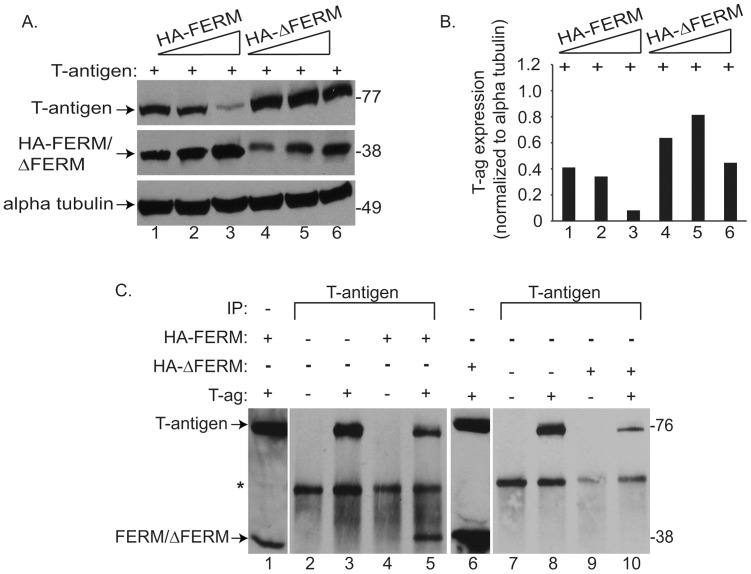Figure 3. NF2 utilizes a proteasomal-dependent mechanism to promote the degradation of ubiquitin-bound T-antigen.
To determine if NF2 utilizes the proteasome to enhance T-antigen protein turnover, U-87 MG cells, transfected with HA-NF2 and T-antigen, were treated with the general proteasome inhibitor, MG132 (A, right), or vehicle (A, left). As shown earlier (Figures 1A and 1B), enhanced expression of NF2, suppresses that of T-antigen (A, left top and bottom). However, this affect was abolished with the addition of MG132 (A, right top and bottom). Band intensity representing T-antigen expression was quantified, normalized to its loading control, and shown as fold change relative to lane 1 (A, bottom left and right). p21, a protein known to be subjected to proteasomal degradation, was immunoblotted for in extracts of untransfected U-87 MG cells or those transfected with HA-NF2 or T-antigen alone, exposed to increasing concentrations of MG132 (B). Expression of this protein increased with drug exposure (B, compare lanes 1, 4, and 7 to subsequent lanes), indicating the effectiveness of MG132 to inhibit degradation of proteins subjected to proteasomal degradation. The ability of T-antigen to bind to ubiquitin, a key post-translational protein attached to proteasome targeted proteins, was assessed by Co-IP. U-87 MG cells were transfected with combinations of Myc tagged p53 (Myc-p53), T-antigen, and HA tagged ubiquitin (HA-Ub), protein complexes were immunoprecipitated with an anti HA antibody or normal mouse serum. Subsequent immunoblotting demonstrated that p53 and T-antigen were not precipitated by the HA antibody alone (C, lanes 2 and 6), but did when co-transfected with HA-Ub (C, lanes 3–4 and 7). Collectively, these results provide the first evidence that T-antigen can bind ubiquitin and suggest that T-antigen is subjected to proteasome-mediated degradation.

